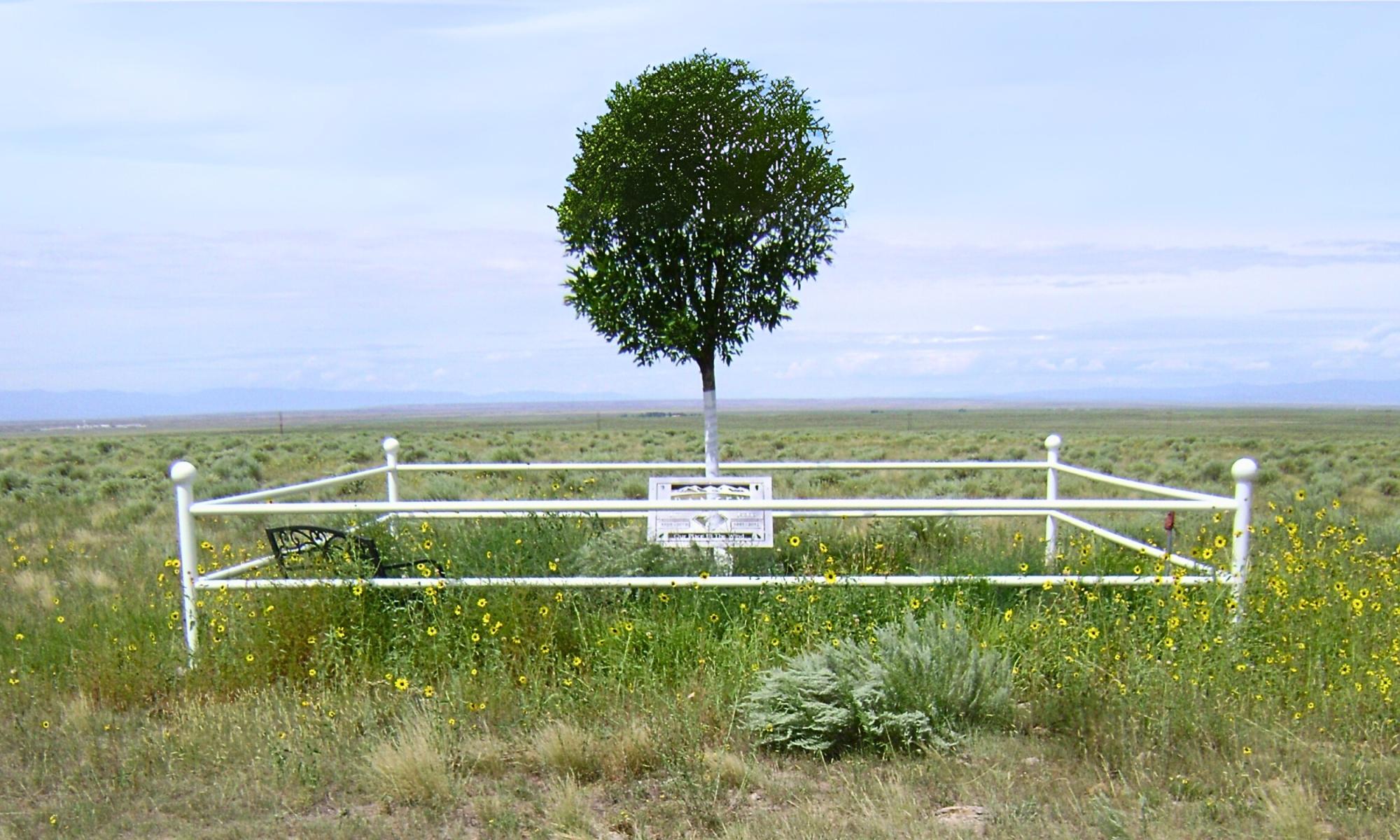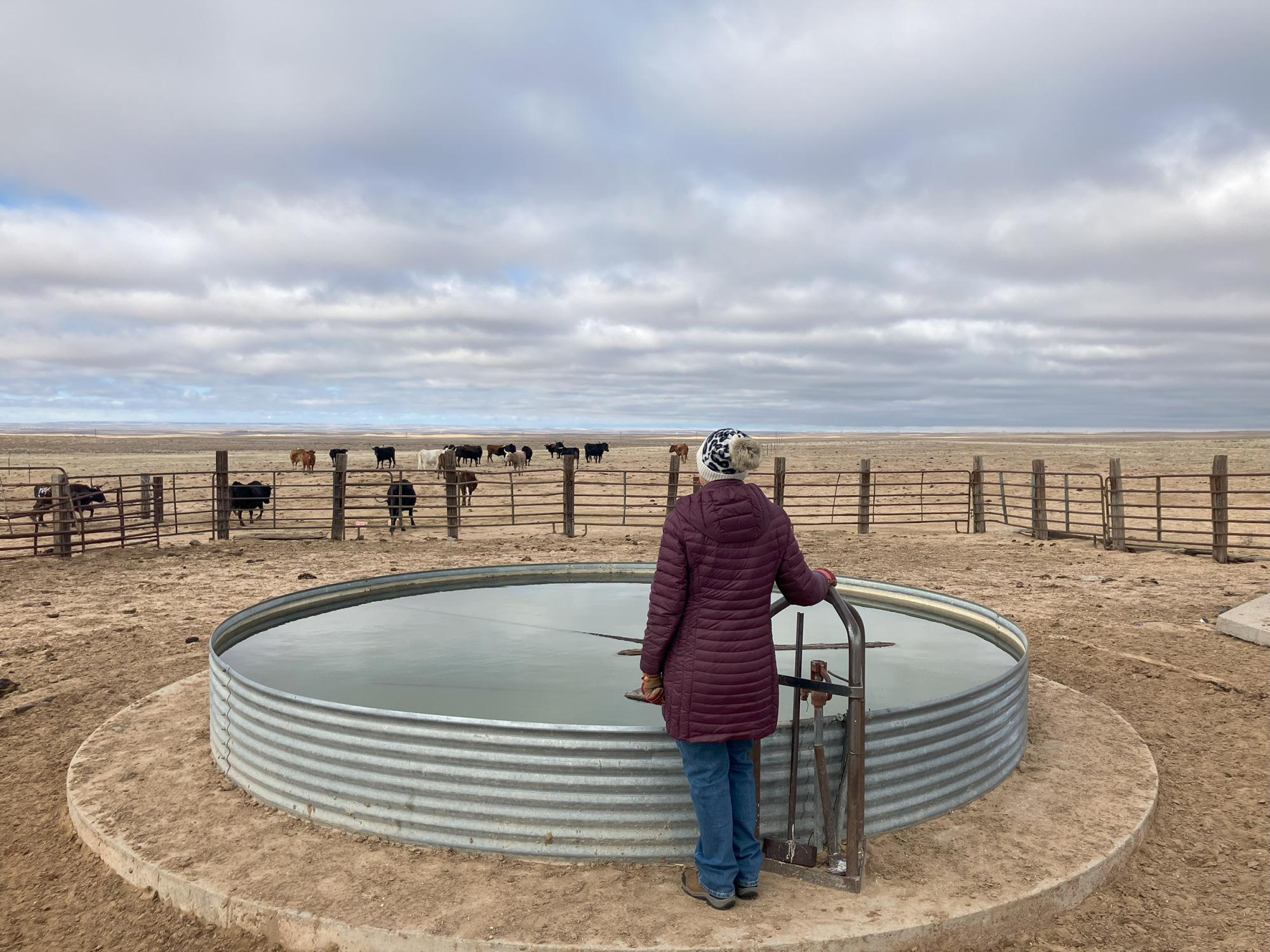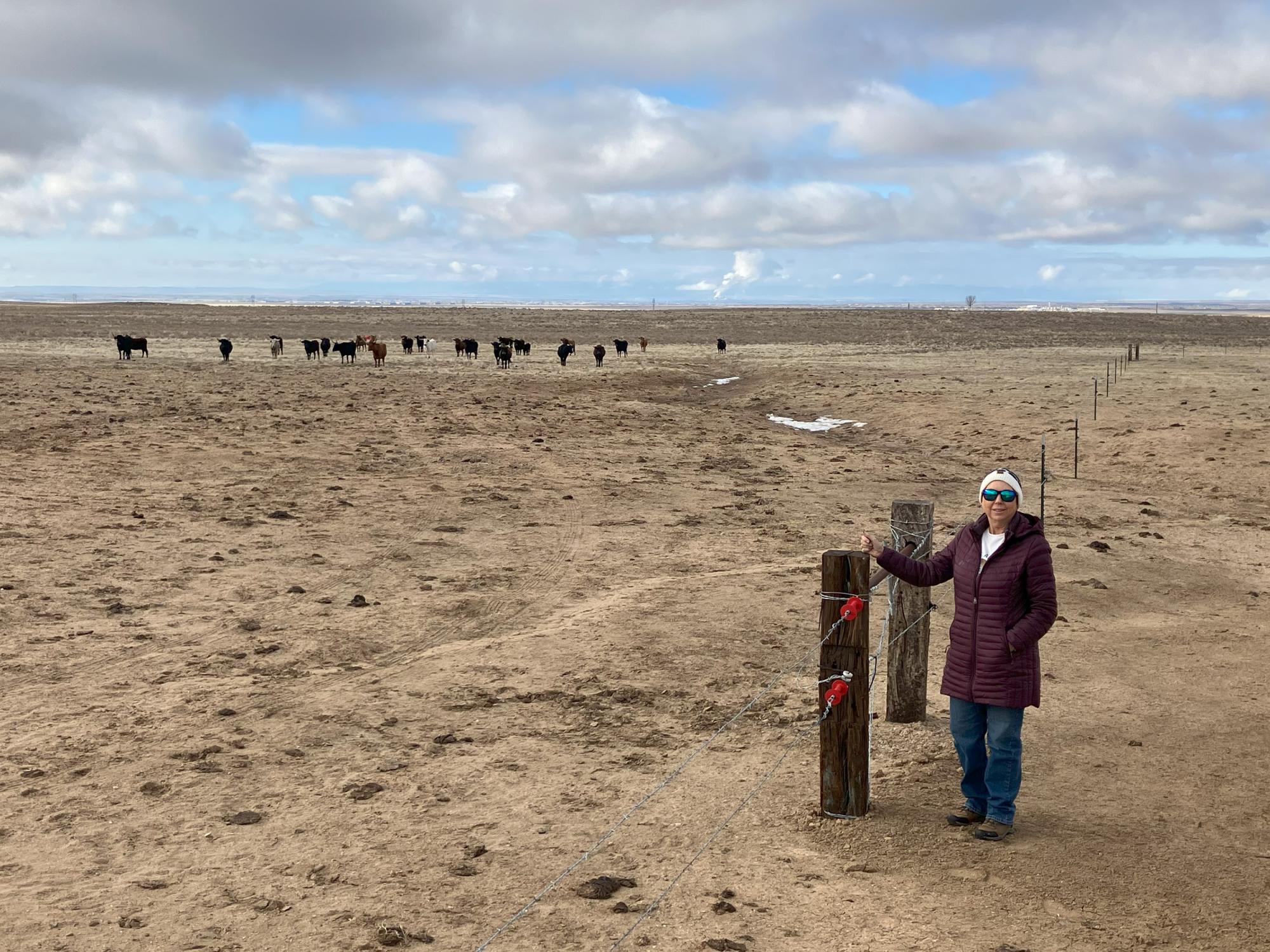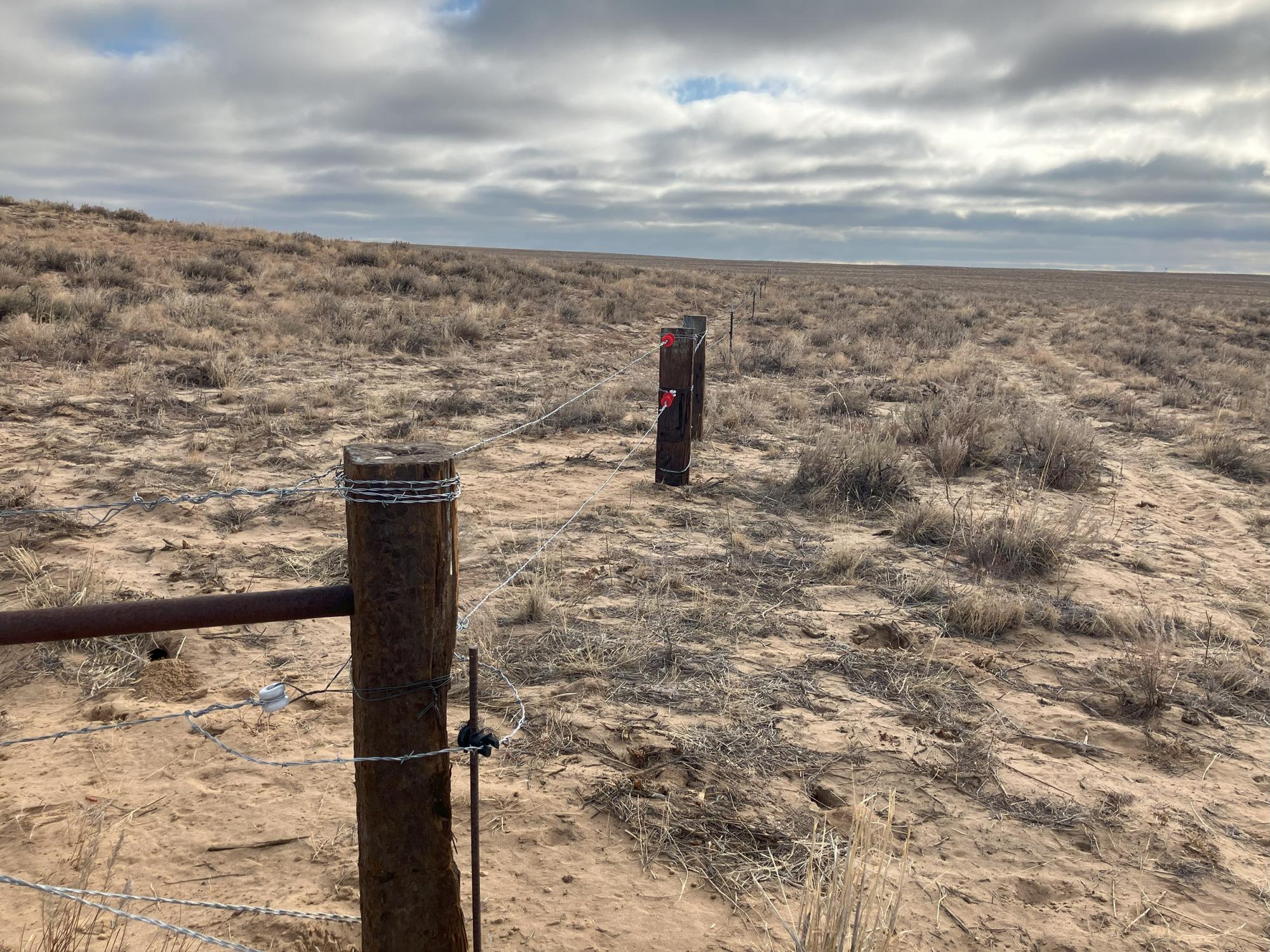As Colorado grows, protecting what makes our home special is vital.
Join us in conserving the land and water that unite us.
With the first light of day washing over the fall-kissed shortgrass prairie, rancher Taren Mantz, who owns a Palmer-protected property, marveled at how three miles of additional fencing has transformed her decades-old ranch operation in a matter of days.
Spreading across nearly 2,000 undulating acres of prairie in northeast Pueblo County, Mantz’s land sustains not only her modest cattle herd but also provides habitat for pronghorn, swift fox, and lark bunting—Colorado’s state bird. At first glance, it might seem this prairie has existed for centuries, but its resilience is a hard-won achievement over historically degraded soils.
During the Dust Bowl, Mantz’s grandparents struggled to sustain their non-irrigated farming operation as winds stripped away topsoil, leaving bare earth and burying fences and equipment under as much as five feet of sand and debris. For nearly five decades, Taren’s family has worked to restore the prairie’s native vegetation, transforming eroded farmland into healthy rangeland. When Mantz inherited the ranch, she continued the family toil to restore the soil.

Jim and Jackie's memorial plaque and tree, overlooking Pikes Peak, Cuerno Verde, the Spanish Peaks, and the shortgrass prairie they diligently stewarded for many years.
Like many ranchers, Mantz relied on continuous grazing of her cattle in one large pasture, yet her herd often congregated around water sources. Over time, this method of ranching degrades the land. Vegetation near the watering points became overgrazed, leaving much of the pasture untouched. Soil health suffered, limiting the number of cattle Mantz could sustain. The weight of responsibility grew heavy—how could she support her operation and ensure the land could thrive for her son and grandsons?
Nearly 20 years ago, Mantz parents, Jim and Jackie Ramsey, voluntarily placed the ranch under a conservation easement with Palmer Land Conservancy to protect its agricultural and ecological value for generations. While the land remains privately owned, the easement ensures the land will not be subdivided and developed. When Mantz inherited the ranch, she began working with Palmer’s stewardship team to improve the quality of her soil to improve her operation and the land.
As Theron Verna, Palmer’s Land Stewardship Manager, put it, “Soil isn’t just dirt, and when we build up soil health, we build up the preconditions for life, biodiversity, and the success of agriculture, wildlife, and much more.”
In 2024, Palmer leveraged its connection with American Farmland Trust’s Soil Health Stewards program to craft a solution to the overgrazing Mantz observed. Through the collaboration, the team created a rotational grazing plan designed to mimic natural cycles. By dividing the pasture into smaller pastures with additional fencing, the plan would allow cattle to graze one section at a time while giving other areas time to recover.
Mantz appreciates the pronghorn herd frequently visiting her property, so she worked with the team to ensure the new fence would not inhibit the pronghorn migration. The lower fence wire was installed high enough to allow pronghorn to cross under the wire, their preferred way of navigating these human-made barriers.



With a plan in place and funding from an American Farmland Trust grant, Palmer Land Conservancy purchased the materials for the additional fencing. One of Mantz’s neighbors graciously stepped up to help install the designed fence for the widowed rancher. A prime example of collaboration, this project shows how a group of dedicated partners can cultivate an outcome with a more significant impact than any of them could have individually.
The impact was immediate. Within days, Mantz’s cattle began grazing in rarely touched areas. Trampled grasses will begin decomposing into soil nutrients faster, while the rest periods will allow vegetation to regrow more robustly. Native plants will reclaim their place, benefiting from retained moisture and increased soil cover.
For Mantz, the benefits go beyond her cattle’s health and the improved productivity of her operation. Healthier soil means greater resilience in the face of drought, better habitat for wildlife, and a stronger connection to the land she loves. She’s already looking ahead to monitoring soil health and planning to grow her herd responsibly. The Palmer Land Stewardship team collected soil samples before the new fencing was installed, and they’ll take additional samples in the coming years to measure the impact of the fencing on the overall soil health.
“This project is more than just a new fence,” Verna reflects. “It’s an investment in the land, the wildlife, the local agricultural economy, and the legacy of a hard-working family. We want our landowners to thrive for generations to come.”
Palmer Land Conservancy sees projects like Mantz’s as more than individual wins. They’re proof that partnership and stewardship can transform landscapes and communities. We hope projects like Mantz’s will inspire her neighbors, many of whom have conservation easements with Palmer, to adopt similar practices. At Taren Mantz’s ranch, the prairie breathes easier, wildlife thrives, and the future feels hopeful—proof that even small changes can make a big difference.
Caring for this land is a privilege! I am blessed with a community of dedicated, hardworking people whose values are in preserving our lands for future generations.
I'm very thankful for my partnership with Palmer—specifically Theron. They have provided so much information and support as I navigate old challenges and new
Taren Mantz, Landowner of a Palmer-Protected Property